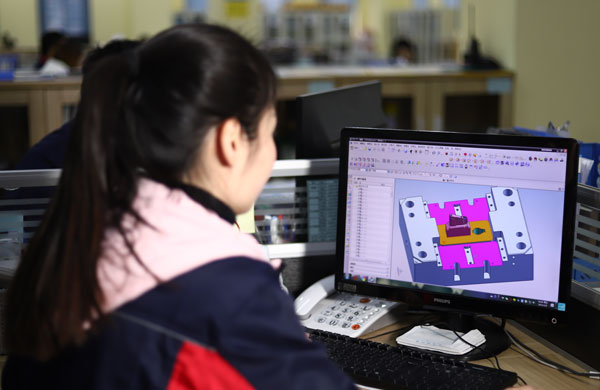Injection molds, as key tools in the production of plastic products, have diverse basic structures, mainly classified into five types: two-plate mold, three-plate mold, side-action core-pulling injection mold, automatic thread-demolding injection mold, and hot runner mold.
The two-plate mold, also known as a single-parting surface injection mold, features a simple and practical structure. However, it has a large gate that requires additional processes to remove, and it leaves gate marks on the surface of the plastic parts, making it suitable for applications where surface requirements are not high.

The three-plate mold, also referred to as a double-parting surface or pin-point gate mold, has small gate marks that are easy to trim and facilitates automation in plastic part production. However, due to the significant injection pressure loss, it can cause defects such as warpage and deformation near the gate.
The side-action core-pulling injection mold is suitable for plastic parts with features such as through-holes, recesses, or protrusions on the side walls. Its molding components can move laterally to achieve side core-pulling.
The automatic thread-demolding injection mold can be equipped with a rotating threaded core in the mold to automatically eject plastic parts with threads.
The hot runner mold differs from conventional molds in that the plastic in the gating system does not solidify during the injection molding process and does not detach from the plastic part when it is ejected. This reduces pressure loss in the feeding system, fully utilizes injection pressure, and helps ensure the quality of plastic parts. However, it is relatively costly.